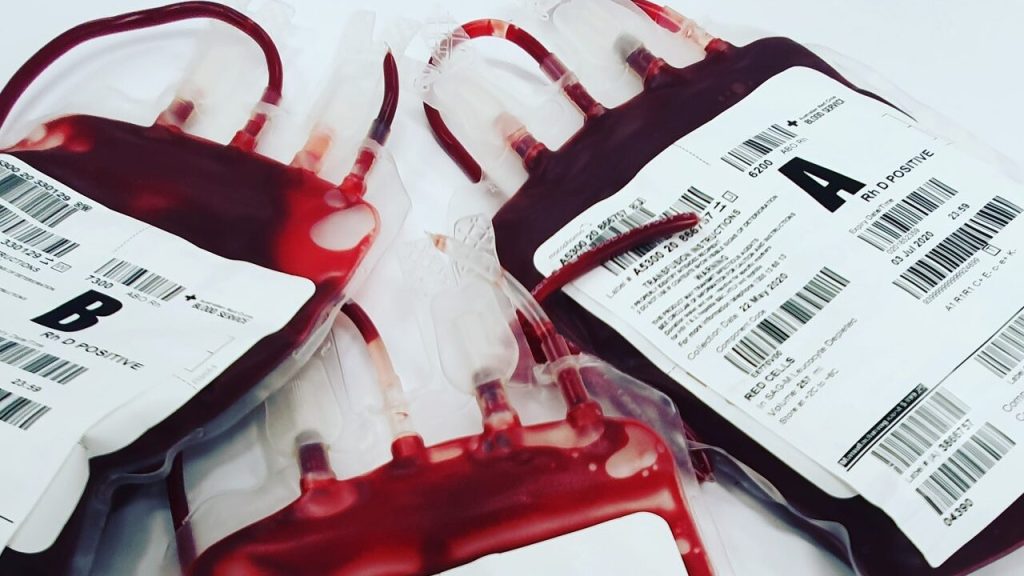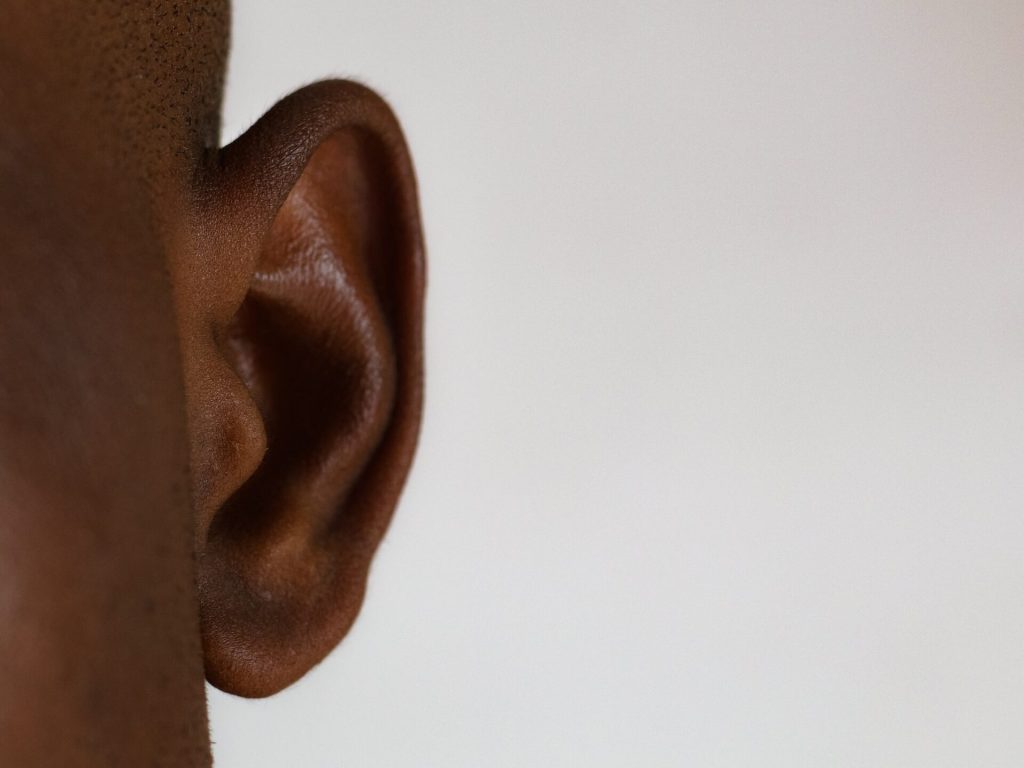Ceiling Vents Above COVID Patient Beds Provide Optimal Protection for HCWs

Researchers have modelled the transmission of SARS-CoV-2-containing aerosol particles within an isolation room, and found the optimal layout to reduce the exposure risk for health care workers. In Physics of Fluids, Wu et al. share their findings and guidance for isolation rooms. Their work focuses on the location of the room’s air extractor (air outlet) and filtration rates, the location of the patient’s bed, and the health and safety of the health care workers (HCWs) within the area.
The researchers modelled an isolation room at the Royal Brompton Hospital in London, with the aim of finding out the optimal room layout to reduce the risk of infection for health care staff.
“We modelled the virus transport and spreading processes and considered the effect of the temperature and humidity on the virus decay,” said Fangxin Fang, of Imperial College London. “We also modelled fluid and turbulence dynamics in our study, and explored the spatial distribution of virus, velocity field, and humidity under different air exchange rates and extractor locations.”
They discovered that the area of highest risk of infection is above a patient’s bed at a height of 0.7 to 2 metres, where the highest concentration of SARS-CoV-2 virus is found. After the virus is expelled from a patient’s mouth, it gets driven vertically by buoyancy and wind forces within the room.
Based on the group’s findings, the optimal layout for an isolation room to minimise infection risk is to use a ceiling extractor with an air exchange rate of 10 air changes per hour. The study focused on an isolation room within a hospital and its numerical results are limited due to the omission of droplet evaporation and particle matters, the researchers point out.
Now, the group plans to include evaporation and particle processes in models of a standard hospital patient room, intensive care unit, and waiting room.
“Further work will also focus on artificial intelligence-based surrogate modelling for rapid simulations, uncertainty analysis, and optimal control of ventilation systems as well as efficient energy use,” said Fang.
Source: American Institute of Physics






